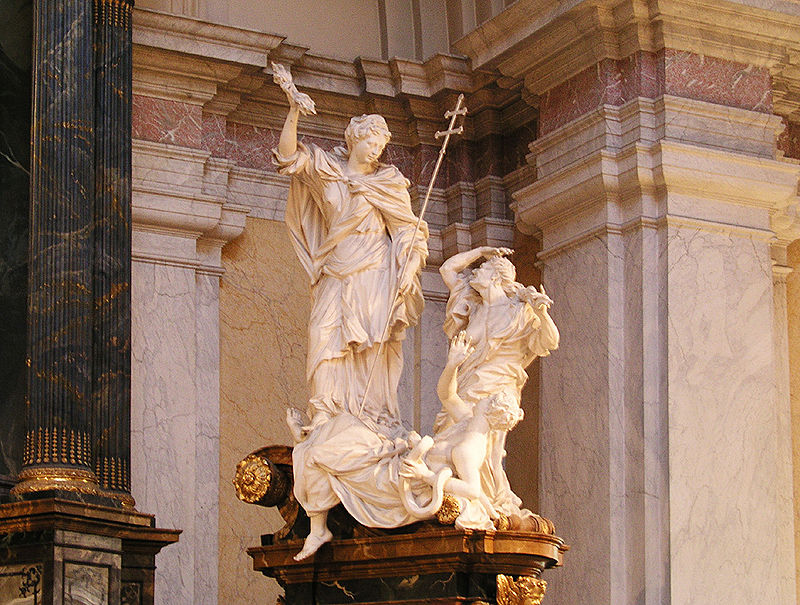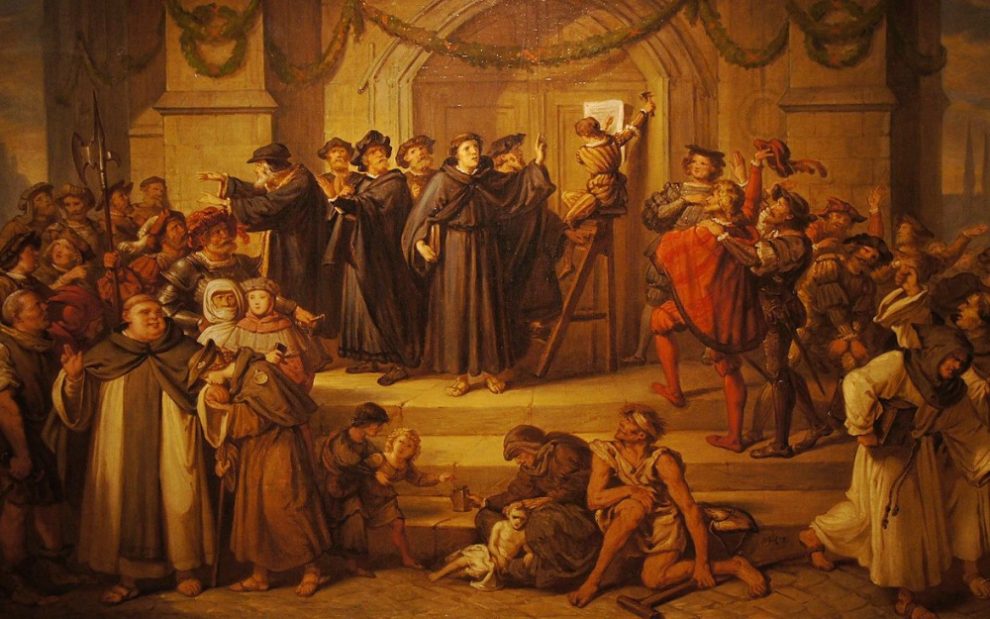Unveiling the Distinctions: An In-Depth Analysis of the Variances Between Heresy and Schism in Christian Doctrine and Practice
In the realm of Catholicism, discussions on topics like liturgical innovations, restrictions on the Latin Mass, or moral issues can often lead to heated debates and accusations of heresy and schism. But what do these terms actually mean, and how do they differ from each other?
Understanding Heresy and Schism
Heresy can be likened to a bend, while schism is akin to a break. Heresy refers to the willful denial or persistent doubt of Catholic doctrine by a Christian. On the other hand, schism involves a refusal to remain in communion with the pope or other Catholics. The Catechism of the Catholic Church categorizes heresy and schism as “wounds to unity” and recognizes that responsibility for these wounds is shared.
It’s important to note that individuals who were raised with different beliefs or were separated from the Church are not to be blamed for historical disunity. They may still share common beliefs with the Church and have the potential to lead holy lives.
While both heresy and schism are serious matters, schism is considered more severe because it completely breaks unity. Even if someone denies a doctrine or holds onto doubt, they still remain within the Church, albeit with a weakened communion.
Heresy, Schism, and Intent
It is crucial to understand that heresy or schism cannot be accidental occurrences, nor do individuals sin against unity when they act according to their conscience. To be culpable for mortal sin, full knowledge and deliberate consent are necessary, in addition to the grave matter of heresy or schism.
Furthermore, heresy and schism presuppose an original unity with the Catholic Church. For instance, someone raised as a Jew who does not believe that Jesus is the Messiah is not considered a heretic, just as a Christian born into a Greek Orthodox family is not considered a schismatic. The Church, as stated in Nostra Aetate, accepts these individuals with respect and affection as brothers.
Historical Context and Response

Throughout history, the Church has taken a firm stance against heresy and schism in order to safeguard both the faith and its followers. In the early centuries of Christianity, the Church was in the process of defining its understanding of God, particularly as the Trinity and the Incarnation of God the Son. Forceful rejection of alternative definitions was necessary during this period.

The same can be said for the Orthodox Christian and Protestant breaks from the Church in subsequent centuries. While we may now view the methods employed by the Church to prevent people from leaving as questionable, it is important to recognize that church leaders acted forcefully to restore communities to the faith and prevent further fractures.
However, the Church has learned from these experiences that it is not possible to force individuals to believe or remain in communion against their will. Today, while Church officials may reiterate traditional Christian doctrine or take steps to prevent Catholic nonbelievers from teaching or ministering in the Church’s name, any methods employed must respect human rights and personal dignity.
Conclusion
In summary, heresy involves the denial or doubt of Catholic doctrine, while schism refers to a refusal to remain in communion with the pope or fellow Catholics. Schism is considered more serious as it breaks unity entirely, whereas heretics, although their communion with the Church may be weakened, still remain within its fold.
It is important to recognize that heresy or schism cannot happen accidentally, and culpability for mortal sin requires full knowledge and deliberate consent. Additionally, individuals who were raised with different beliefs or were separated from the Church are not to be blamed for historical disunity.
While the Church has historically taken strong measures against heresy and schism, it has also learned that respect for human rights and personal dignity is paramount when addressing these issues in the modern era. By understanding the differences between heresy and schism, we can foster an environment of dialogue and unity within the Catholic Church.
